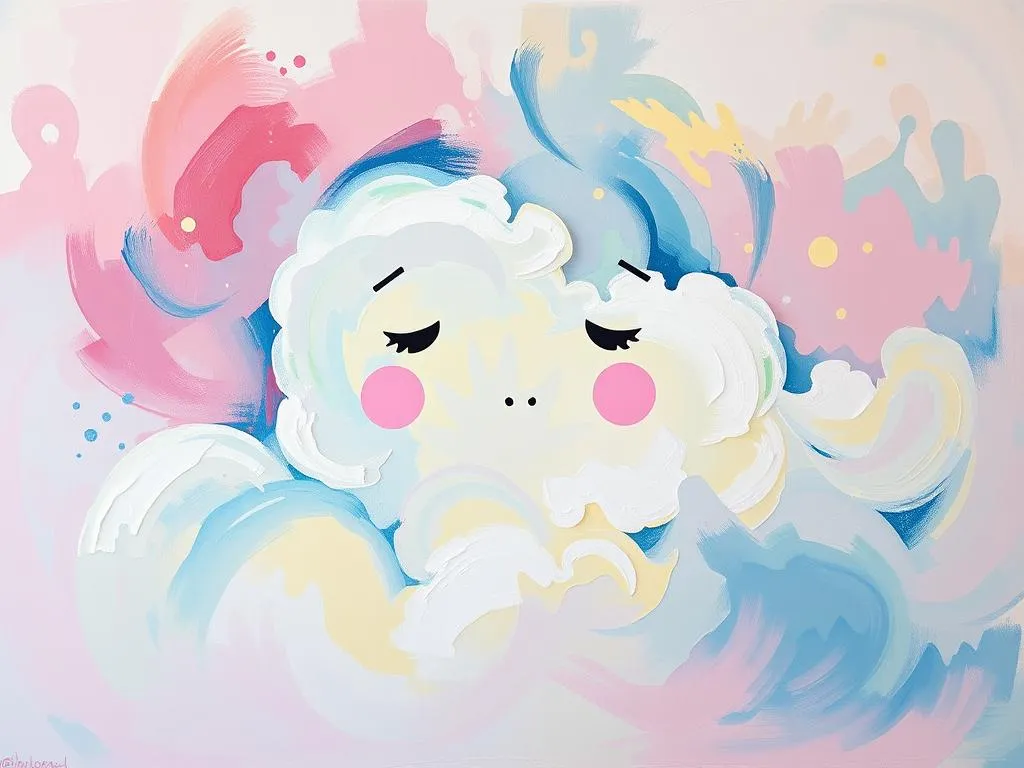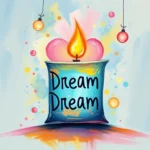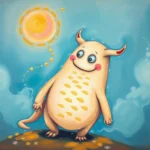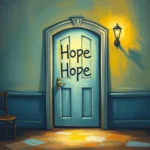
Have you ever woken up from a dream, heart racing, and wondered what it all meant? Dreams have fascinated humanity for centuries, serving as a bridge between our conscious and subconscious minds. They reflect our deepest fears, hopes, and experiences, often translating complex emotions into vivid imagery that can be as baffling as they are revealing. As we dive into the world of dream symbolism, let’s explore how understanding these symbols can offer profound insights into our lives, relationships, and personal growth.
In this exploration, we’ll unravel the meanings behind common dream symbols, analyze real-life experiences, and discover how these interpretations can lead us toward personal development. Think of this as a journey together through the landscape of your subconscious, where every symbol is a signpost guiding you toward greater self-awareness and fulfillment.
Unlocking the Code: Decoding Dream Symbols
Dream symbols are like a language of their own—rich, nuanced, and deeply personal. Just as we often interpret the world around us through the lens of our cultural backgrounds and personal experiences, our dreams weave together symbols that resonate with our individual lives. Here are a few key concepts to keep in mind when deciphering these nocturnal messages.
One of the most powerful symbols in dreams is water. Water can represent a range of emotions, from fear and uncertainty to cleansing and renewal. A dream where you’re swimming in calm waters may signify emotional balance, while a turbulent ocean could indicate inner turmoil or unresolved feelings. Understanding your relationship with water in dreams can lead you to confront hidden emotions.
Flying is another common dream symbol that often signifies a desire for freedom or escape. If you find yourself soaring high above the ground, it may reflect a sense of liberation or a longing to rise above challenges in your waking life. Conversely, a dream of struggling to take flight could indicate feelings of inadequacy or being weighed down by responsibilities.
Chase dreams are also prevalent, often symbolizing avoidance or fear. If you’re being pursued in a dream, it might suggest that there are unresolved issues or emotions you are trying to evade. On the other hand, if you’re the one chasing someone, it could reflect your drive or ambition in waking life.
Houses in dreams commonly symbolize the self. Each room can represent different aspects of your personality or life experiences. A well-kept house may indicate a healthy self-image, while a dilapidated home could signify feelings of neglect or disarray. Exploring the rooms in your dreams can provide insight into your emotional state.
Finally, animals often serve as powerful dream symbols. They can represent various instincts, qualities, or aspects of our personalities. For instance, a lion may symbolize courage and strength, while a snake could represent transformation or hidden fears. Paying attention to the animals that appear in your dreams can reveal much about your current life situation.
The Tapestry of Dreams: Real-Life Scenarios
Dreams manifest in countless ways, often intertwining our experiences with our subconscious thoughts. Here are some scenarios that might resonate with you, illustrating how different symbols can play out in your dreams and what they might signify.
-
The Drowning Dream: Imagine you’re in a dream where you find yourself in a deep body of water, struggling to stay afloat. This could be a reflection of feeling overwhelmed in your waking life—perhaps at work or in a relationship. The act of drowning symbolizes being submerged in emotions that you cannot control. If you wake up gasping for air, it’s a call to address what’s weighing you down and seek support.
-
The Flying Dream: Picture yourself soaring high above the city skyline, feeling the wind beneath your wings. This dream might signify a recent accomplishment or a newfound sense of freedom. It’s an exhilarating reminder of your potential and the possibilities that await you. If you’ve been taking risks or stepping outside your comfort zone, this dream could be a celebration of your courage.
-
The Chase: You’re running through a dark forest, and something unseen is pursuing you. This scenario could indicate that you’re avoiding a problem or fear in your waking life. Perhaps you’re stressed about a deadline or avoiding a necessary confrontation. The chase is a reflection of what you’re running from—acknowledging it is the first step toward resolution.
-
The House Exploration: In your dream, you discover a hidden room in your childhood home filled with forgotten memories. This dream may symbolize your journey through your past and how it has shaped your identity. Exploring this hidden space can lead to profound realizations about your upbringing and the beliefs you carry into adulthood. It’s a chance to confront and embrace your history.
-
The Animal Encounter: You find yourself face-to-face with a majestic wolf in a dream. The wolf can represent your intuition and instincts. If you feel fear, it may indicate that you’re ignoring your inner voice. However, if you feel a sense of connection, it could signify that you’re embracing your instincts and trusting yourself. Reflecting on the emotions evoked by this encounter can lead to greater self-understanding.
The Journey Within: Cultivating Personal Growth
Understanding dream symbols is not just about unraveling their meanings; it’s about using this knowledge to foster personal growth and self-discovery. As you reflect on your dreams, consider the following insights to help you navigate your waking life.
First, keep a dream journal. Recording your dreams as soon as you wake up can help you remember vivid details and emotions. Over time, patterns may emerge, providing insight into recurring themes and symbols in your subconscious. This practice encourages mindfulness and deepens your understanding of your inner world.
Next, reflect on your emotions. Ask yourself how you felt during the dream and upon waking. Emotions are a crucial component of dream interpretation. Analyzing your emotional responses can help you identify feelings you might not be addressing in your daily life. This is an opportunity to confront what you’ve been avoiding and embrace your truth.
Additionally, connect with others. Sharing your dreams with trusted friends or family members can offer new perspectives and interpretations. Sometimes, an outside viewpoint can shed light on aspects you might have missed. Engaging in discussions about dreams can also help you feel more connected to those around you.
Don’t forget to embrace the lessons. Each dream carries a message, whether it’s highlighting a need for change or encouraging you to confront fears. Take time to reflect on how these lessons apply to your life. What changes can you make based on your dream insights? How can you use this newfound awareness to foster personal growth?
Finally, trust the process. Dream interpretation is not a one-size-fits-all approach. It requires patience and self-compassion. As you delve into your dreams, allow yourself the space to explore and grow. Each dream is a stepping stone on your journey toward self-discovery.
In conclusion, understanding the symbols within our dreams is a powerful tool for personal growth and reflection. As you cultivate this awareness, remember that each dream is an invitation to explore the depths of your subconscious. By embracing the messages within, you can navigate the challenges of life with greater clarity and purpose.
Reflect on this: Your dreams are not just fleeting images; they are the whispers of your soul, urging you to listen, understand, and evolve. Embrace them, and let them guide you on your journey toward self-discovery and fulfillment.







